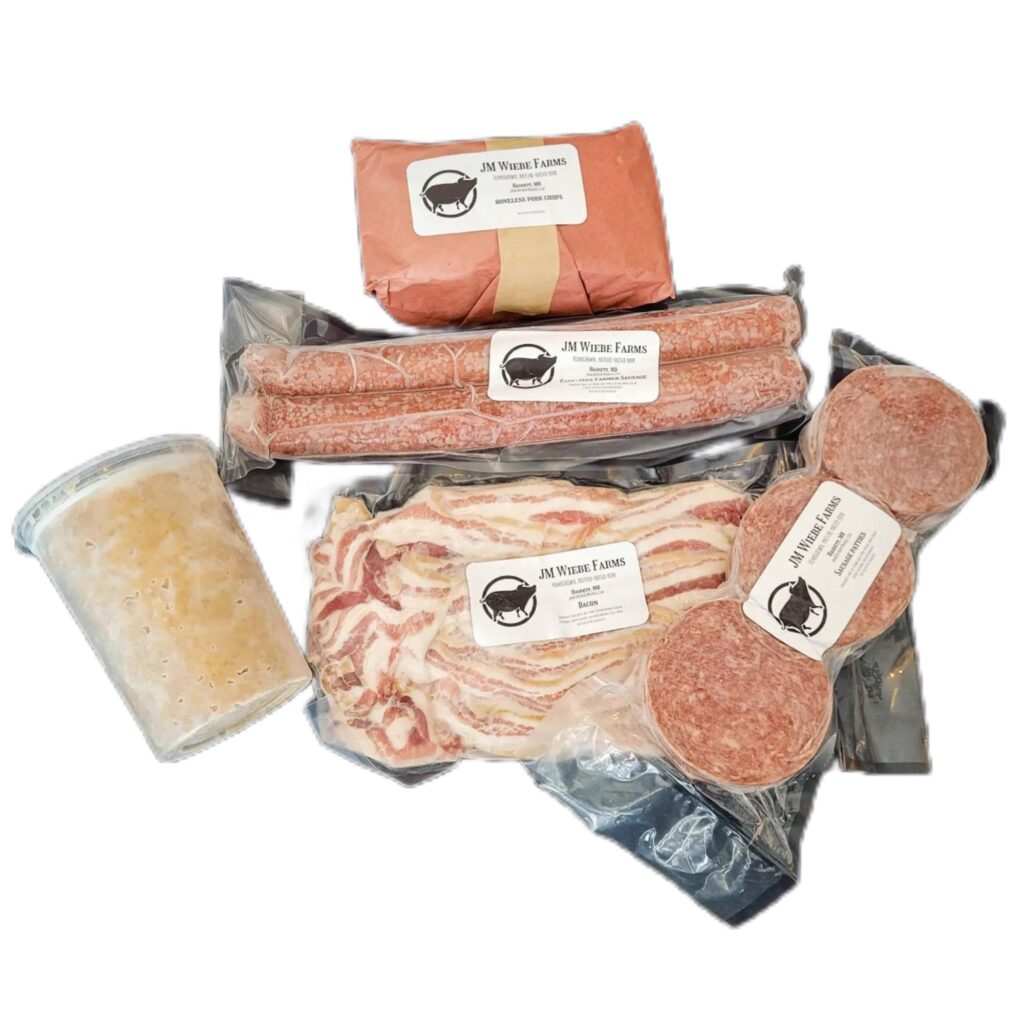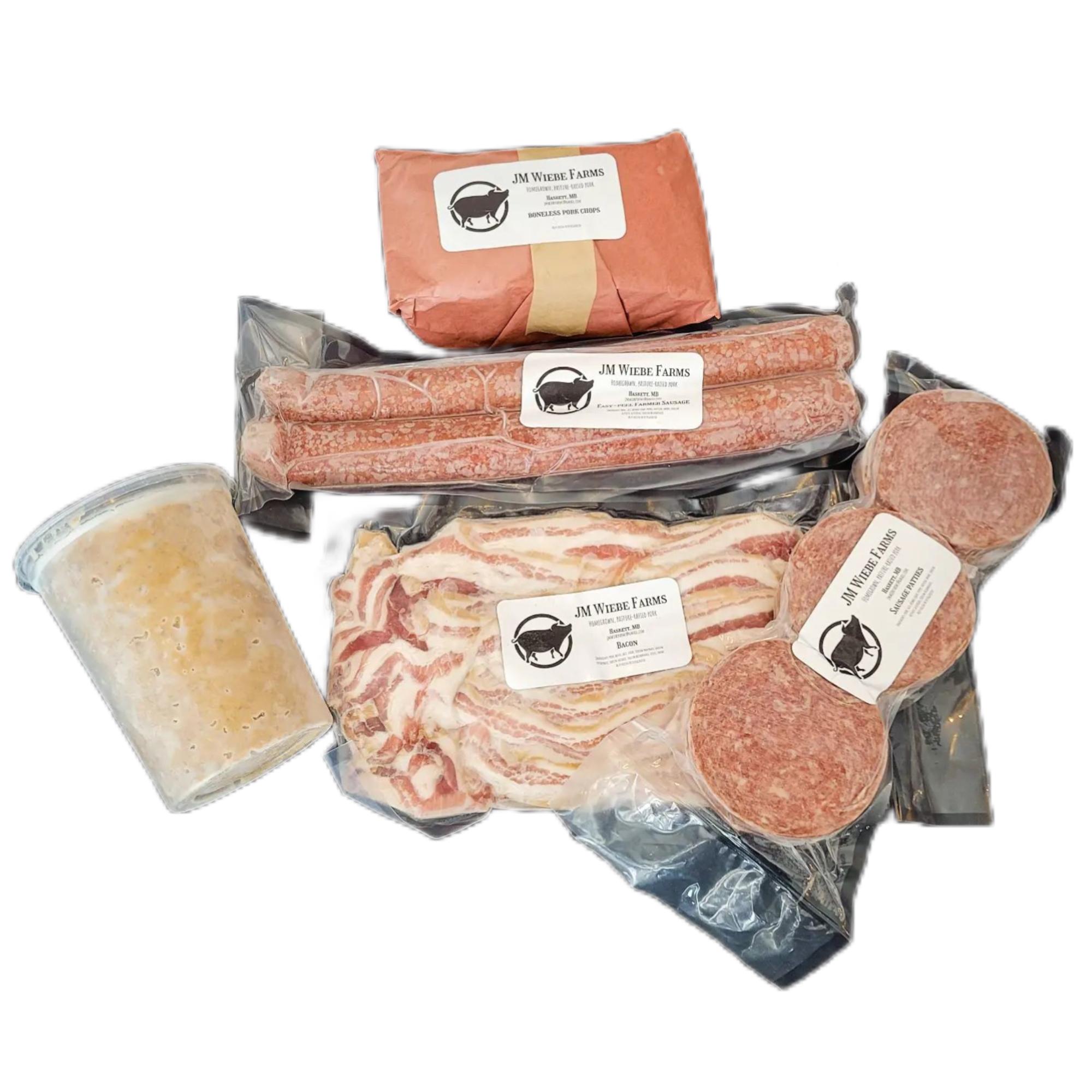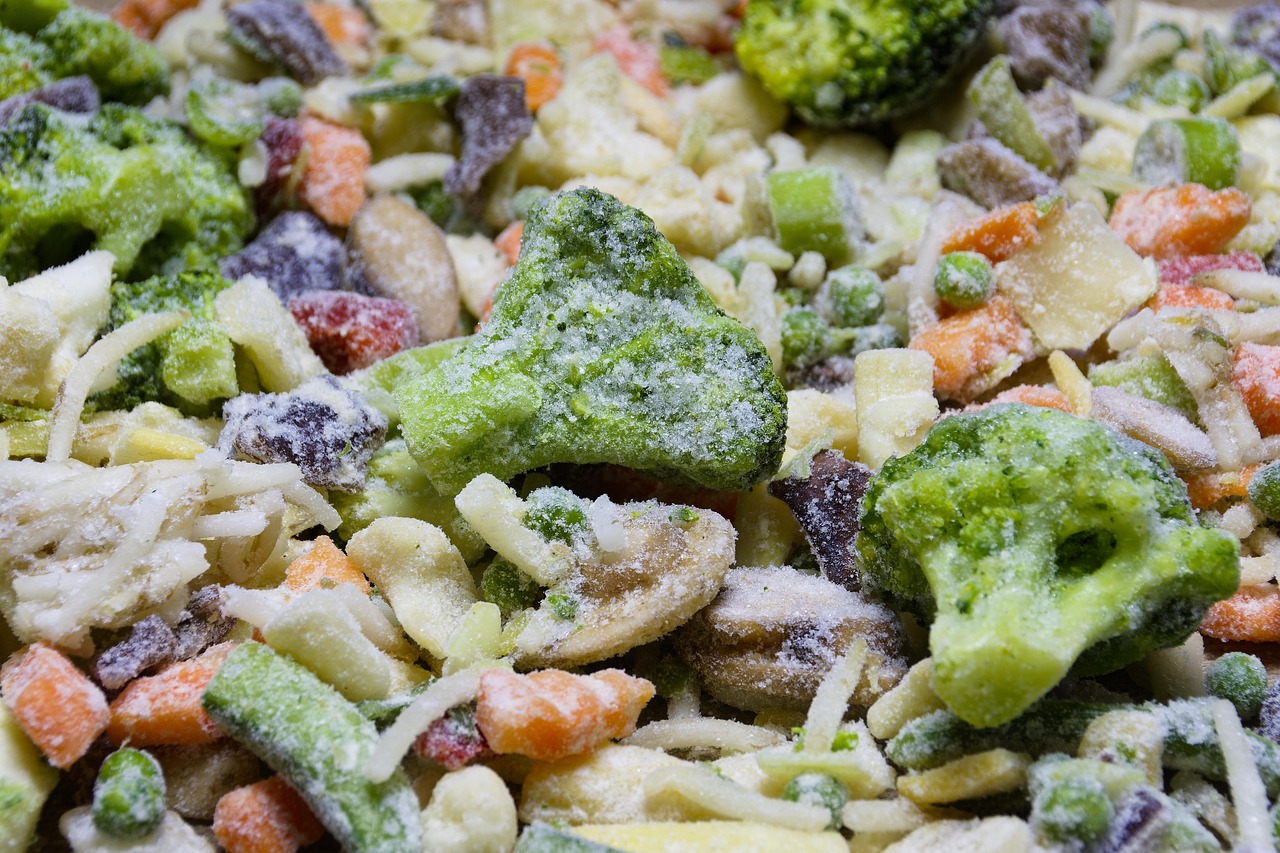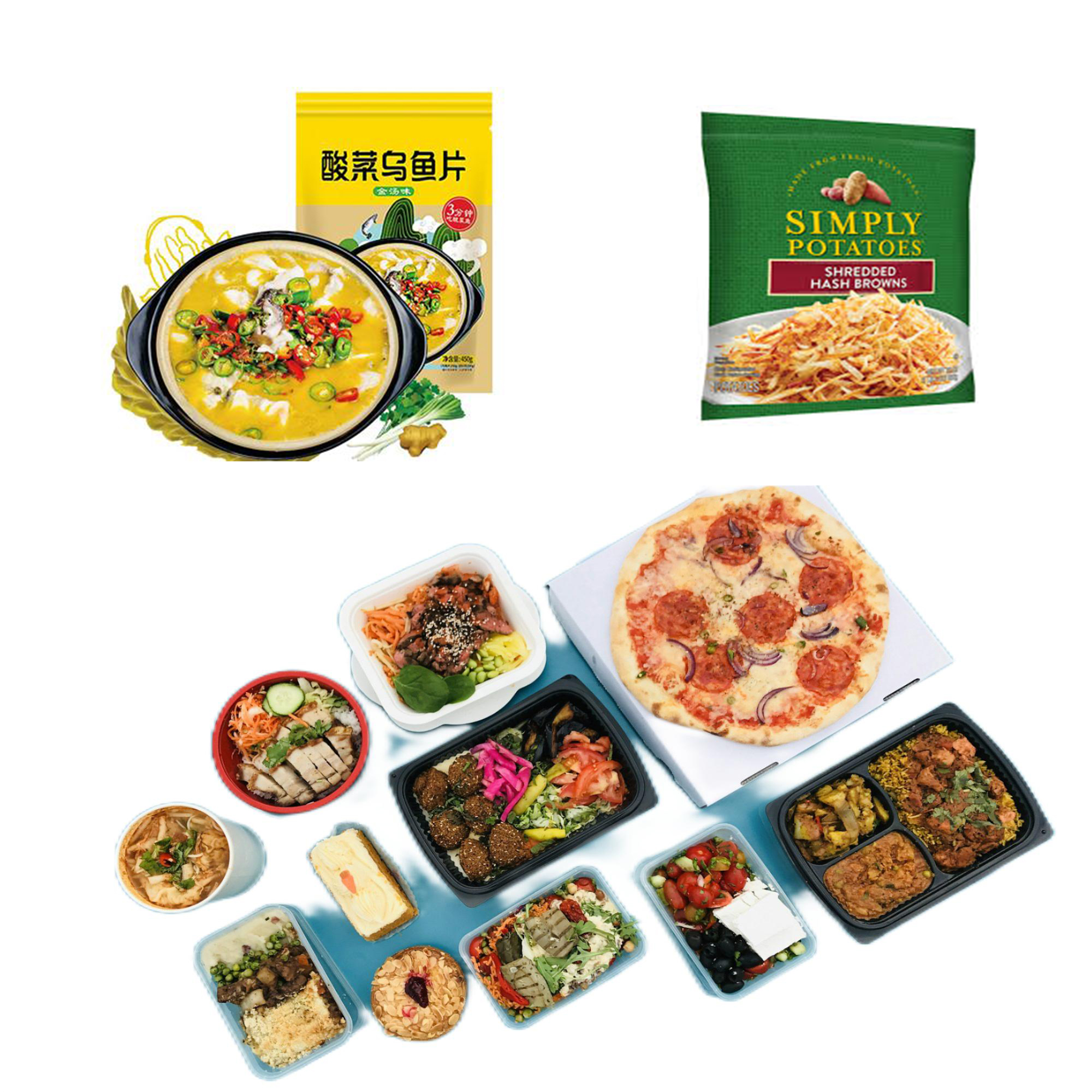Proper meat packaging is crucial for maintaining quality, extending shelf life, and ensuring consumer safety. But with rising demands for sustainable options, choosing the right materials is more complex than ever. This comprehensive guide explores the world of meat packaging, from traditional methods to innovative, eco-friendly solutions. Whether you’re a producer, supplier, or a curious consumer, you’ll find valuable insights here.
Why Meat Packaging Matters: Protecting Quality and Extending Shelf Life
Meat packaging serves two primary functions:
- Protection: It shields meat from contaminants like bacteria, dust, and physical damage during handling and transport.
- Preservation: It creates a controlled environment that slows down spoilage, maintaining freshness and extending shelf life.
The right packaging material acts as a barrier against oxygen, moisture, and light – all factors that can degrade meat quality.

The Rise of Sustainable Meat Packaging: Meeting Environmental Demands
Environmental concerns are driving a major shift in the meat packaging industry. Traditional plastics, while effective, contribute significantly to waste. Consumers are increasingly demanding eco-friendly options, pushing businesses to adopt sustainable practices. This means exploring:
- Recyclable Materials: Packaging that can be processed and reused.
- Compostable Materials: Packaging that breaks down naturally in a composting environment.
- Biodegradable Materials: Packaging that decomposes through the action of microorganisms.
- Reduced Packaging: Using less material to begin with.
Choosing sustainable packaging not only benefits the environment but also enhances brand image and appeals to a growing segment of eco-conscious consumers.
Exploring Meat Packaging Materials: A Comprehensive Overview
A variety of materials are used for meat packaging, each with its own advantages and disadvantages. Here’s a breakdown:
- Plastic Films:
- Types: Polyethylene (PE), Polypropylene (PP), Polyvinyl Chloride (PVC), and others.
- Pros: Versatile, durable, lightweight, excellent barrier properties (especially when combined in multi-layer films). Can be used for vacuum packaging, shrink wrapping, and modified atmosphere packaging (MAP).
- Cons: Environmental concerns related to disposal and recycling.
- Examples: The clear film wrapping around a steak in a tray, vacuum-sealed bags for ground beef, the plastic around a whole chicken.
- Paper and Paperboard:
- Types: Kraft paper, butcher paper (often coated), paperboard cartons.
- Pros: Renewable resource, often recyclable and compostable (depending on coatings).
- Cons: Lower barrier properties compared to plastic, requires coatings for moisture resistance.
- Examples: Paper wrapping for deli meats, paperboard boxes for frozen burger patties.
- Modified Atmosphere Packaging (MAP):
- Description: Not a material itself, but a technique that uses a specific mix of gases (often nitrogen, carbon dioxide, and sometimes a small amount of oxygen) inside the package to slow down spoilage.
- Pros: Extends shelf life significantly, reduces the need for preservatives.
- Cons: Requires specialized equipment, can be more expensive.
- Examples: Pre-packaged salads, many types of pre-cut and packaged meats.
- Vacuum Packaging:
- Description: Removes air from the package, creating a tight seal.
- Pros: Excellent for preventing freezer burn, maximizing shelf-life.
- Cons: Can alter appearance of some meats.
- Examples: Cryovac packaging for primals and subprimals.
- Edible Films:
- Types: Made from proteins (like collagen or gelatin), polysaccharides (like starch or seaweed extracts), or lipids.
- Pros: Completely biodegradable, eliminates packaging waste.
- Cons: Still in early stages of development, limited applications, may not be suitable for all types of meat.
- Examples: Still largely experimental, but research is ongoing for applications like sausage casings.
- Biodegradable Plastics:
- Types: PLA (Polylactic Acid) is a common example.
- Pros: Made from a renewable resource (corn).
- Cons: Requires industrial composting.
How Meat Packaging Preserves Freshness and Extends Shelf Life
Effective meat packaging achieves several key things:
- Oxygen Control: Limiting oxygen exposure prevents oxidation, which causes discoloration, off-flavors, and rancidity. Vacuum packaging and MAP are highly effective at this.
- Moisture Management: Controlling moisture levels prevents bacterial growth. This can be achieved through moisture-resistant films or absorbent pads placed inside the packaging.
- Temperature Regulation: While packaging itself doesn’t cool the meat, it can help maintain the cold chain. Insulated packaging materials can be used for shipping and transport.
- Physical Protection: Packaging prevents physical damage and contamination from external sources.
Challenges in the Meat Packaging Industry
The industry faces several key challenges:
- Balancing Sustainability and Functionality: Finding eco-friendly materials that offer the same level of protection and shelf-life extension as traditional plastics is a major hurdle.
- Cost-Effectiveness: Sustainable alternatives can be more expensive, impacting both producers and consumers.
- Regulatory Compliance: Food safety regulations vary by region, requiring companies to stay informed and adapt their packaging accordingly.
- Consumer Education: Consumers need to understand the different types of packaging and how to properly dispose of them (e.g., the difference between recyclable, compostable, and biodegradable).
The Future of Meat Packaging: Innovation and Sustainability
The future of meat packaging will be shaped by:
- Increased Focus on Sustainability: Expect to see more widespread adoption of recyclable, compostable, and biodegradable materials.
- Smart Packaging Technologies: Sensors and indicators that monitor freshness, temperature, and other factors could become more common, providing real-time information to consumers and retailers.
- Active Packaging: Packaging that actively interacts with the food to extend shelf life, such as antimicrobial films.
- Plant-Based Packaging: Using materials such as mushrooms.
Making Informed Choices About Meat Packaging
Choosing the right meat packaging is a complex decision that involves balancing product quality, safety, sustainability, and cost. By understanding the different materials and technologies available, businesses can make informed choices that benefit both their customers and the environment.
Contact us today to learn more about our sustainable packaging solutions








